Thermage has been sued by a Dr. Supriya Goyal Bellew on for negligence, strict products liability, and breach of implied warranties.
To be honest this looks somewhat bogus, with a physician claiming that the design of the Thermage handpeice caused recurring pain and that Thermage was negligent. You'll want to read the entire finding though. It's interesting stuff; especially the findings that preclude summary judgement.
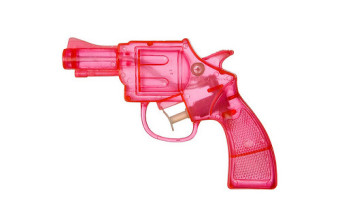
GOYAL v. THERMAGE, INC.
SUPRIYA GOYAL, Plaintiff,
v.
THERMAGE, INC., Defendant.
Civil No. WDQ-08-0020.
United States District Court, D. Maryland, Northern Division.
July 1, 2010.
MEMORANDUM OPINION
WILLIAM D. QUARLES Jr., District Judge.
Dr. Supriya Goyal Bellew[ 1 ] sued Thermage, Inc. ("Thermage") for negligence, strict products liability, and breach of implied warranties. For the following reasons, Thermage's motion for summary judgment will be granted in part and denied in part, and Bellew's motion to strike will be denied.
I. Background[ 2 ]
On September 1, 2004, Bellew began working at the Maryland Laser, Skin, and Vein Institute ("MLSVI") as a cosmetic dermatology research fellow. Bellew Dep. 90:17-91:3. Within her first month at MLSVI, Bellew began treating patients using the ThermaCool device developed by Thermage to reduce the signs of aging in skin. Id. 124:3-16.[ 3 ] Dr. Robert Weiss[ 4 ] and his wife Dr. Margaret Weiss—both physicians at MLSVI—taught Bellew how to use the device. Id. 130:9-10; Margaret Weiss Dep. 174:2-8.[ 5 ]
The ThermaCool device has a handheld component (the "ThermaCool handpiece"), which the operator holds to the patient's skin while pressing a manual button or a foot pedal to deliver radio frequency pulses. Pl.'s Dep. 111:8-112:5, 135:4-7. After instructing Bellew on its proper use, Robert Weiss observed her using the ThermaCool handpiece and told her that she "was doing everything properly and appropriately and delivering treatments the way that they were supposed to be done." Id. 131:21-132:6. The design of the handpiece required Bellew to hold her wrist and arm "in a bent, flexed position at a very odd angle for the entire treatment," id. 112:7-10,[ 6 ] and several physicians at MLSVI, including Bellew and Robert Weiss, commented that the device was "awkward" to use, id. 134:9-20.
In October or November 2004,[ 7 ] Bellew began to have soreness and pain, which she associated with her use of the ThermaCool device. Id. 208:13-20. At first, she experienced temporary soreness in her right hand, arm, shoulder, and neck, but her symptoms progressed to intermittent "shooting pain" and "clawing up of [her] ring and pinky fingers" for up to a few days after she performed a Thermage treatment. Id. 206:14-21, 208:13-20. Bellew mentioned these symptoms to the Weisses, who told her that they experienced similar pain and that it was "normal and not anything unusual." Id. 152:16-21. Upon the Weisses' advice, Bellew took over-the-counter pain medications and rested her arm, which completely relieved her symptoms. Id. 151:17-20, 153:8-11. Because the pain was transient and manageable with Advil, Bellew attributed her discomfort to use of new muscle groups that she had not previously used and "did [not] really worry about it." Id. 151:3-20.
On January 4, 2005, Bellew delivered almost 1200 pulses during two Thermage treatments, id. 170:6-8, 209:3-5, and developed pain that was different and more severe than her previous pains, id. 213:18-214:4.[ 8 ] That evening, Bellew wrote to the Weisses to explain that she had "shooting pains and muscle spasms in [her] right hand and wrist," which she attributed to the ThermaCool handpiece. Def.'s Ex. 7 (Jan. 4, 2005 e-mail from Bellew).[ 9 ] On January 5, 2005, Bellew wrote again to say that she was "concerned about nerve damage," planned to schedule an orthopedics appointment, and would not be able to perform Thermage treatments until her hand had healed. Def.'s Ex. 6.[ 10 ]
On January 18, 2005, Dr. Thomas Brushart diagnosed Bellew with "irritation [of her] right ulnar nerve secondary to repetitive motion," which "appear[ed] directly related to her use of the Thermage machine." Pl.'s Ex. 8 at GOYAL:JHH:0010. Although Bellew never again used the Thermage device, her ulnar neuropathy and a resulting chronic pain syndrome have persisted. Pl.'s Dep. 51:13-20, 52:8-17, 209:15-16.
On January 2, 2008, Bellew sued Thermage for negligence, strict products liability, and breach of the implied warranties of merchantability and fitness for its ordinary purpose. Paper No. 1. On March 20, 2008, Thermage moved to dismiss the breach of warranty claims, Paper No. 5, and answered the other claims, Paper No. 6. On June 5, 2008, Judge Andre M. Davis denied the motion to dismiss and ordered Thermage to file an amended answer by June 19, 2008. Paper No. 12.[ 11 ] On October 31, 2008, Judge Davis granted Thermage's motion to amend its answer to include several new affirmative defenses. Paper No. 32. On November 18, 2009, Thermage moved for summary judgment. Paper No. 55. On February 23, 2010, Bellew moved to strike the statute of limitations defense to the implied warranty claims from the motion for summary judgment. Paper No. 66.
II. Analysis
A. Standard of Review
Under Rule 56(c), summary judgment "should be rendered if the pleadings, the discovery and disclosure materials on file, and any affidavits show that there is no genuine dispute as to any material fact and that the movant is entitled to judgment as a matter of law." Fed. R. Civ. P. 56(c). In considering a motion for summary judgment, "the judge's function is not . . . to weigh the evidence and determine the truth of the matter but to determine whether there is a genuine issue for trial." Anderson v. Liberty Lobby, Inc., 477 U.S. 242, 249 (1986). A dispute about a material fact is genuine "if the evidence is such that a reasonable jury could return a verdict for the nonmoving party." Id. at 248. The Court must "view the evidence in the light most favorable to . . . the nonmovant, and draw all reasonable inferences in h[is] favor," Dennis v. Columbia Colleton Med. Ctr., Inc., 290 F.3d 639, 645 (4th Cir. 2002), but the Court also "must abide by the affirmative obligation of the trial judge to prevent factually unsupported claims and defenses from proceeding to trial," Bouchat v. Baltimore Ravens Football Club, Inc., 346 F.3d 514, 526 (4th Cir. 2003).
B. Statute of Limitations for Breach of Warranty Claims
Thermage argues that Bellew's breach of warranty claims are barred by the four-year statute of limitations. Def.'s Summ. J. Mot. 10-11. Bellew moved to strike this affirmative defense from the motion for summary judgment, arguing that Thermage waived this defense by not timely raising it. Paper No. 66 at 6-12.[ 12 ]
Generally, a defendant waives the statute of limitations by failing to raise that defense in its answer or a pre-answer motion. See Fed. R. Civ. P. 8(c) & 12(b); Erline Co. S.A. v. Johnson, 440 F.3d 648, 653-54 (4th Cir. 2006). However, the court will "freely give leave" to amend pleadings "when justice so requires." Fed. R. Civ. P. 15(a)(2). The Court previously considered and rejected Bellew's argument that Thermage waived the statute of limitations defense by failing to raise it in the original answer and allowed amendment of the answer to include that defense. See Paper No. 28 at 13-14; Paper No. 32. Because Thermage asserted the statutes of limitations as an affirmative defense in its amended answer, see Paper No. 24, Ex. 2 at 10,[ 13 ] that defense was not waived and may be raised on summary judgment. Accordingly, her motion to strike the breach of implied warranties claims will be denied.
Under Maryland law, "[a]n action for breach of any contract for sale must be commenced within four years after the cause of action has accrued." Md. Code Ann., Com. Law § 2-725(1). Generally, a cause of action for breach of warranty accrues "when tender of delivery is made." Id. § 2-725(2). But if "a warranty explicitly extends to future performance of the goods and discovery of the breach must await the time of such performance [then] the cause of action accrues when the breach is or should have been discovered." Id.
Here, no explicit warranty extended the implied warranties to future performance of the Thermage device. Thus, a timely filing would have required Bellew to have been injured by a device delivered between January 2, 2004[ 14 ] and January 4, 2005.[ 15 ] Shipment records indicate that Thermage delivered a ThermaCool system to MLSVI in 2002; no Therma-Cool system handpieces were delivered to Dr. Robert Weiss or MLSVI from January 1, 2004 to January 5, 2005. Julie Hill Aff. ¶¶ 3-6, Nov. 16, 2009. Because Bellew did not bring her breach of warranty claims within four years of the ThermaCool handpiece's delivery, those claims are barred by the statute of limitations.
C. Statute of Limitations for Tort Claims
Thermage argues that Bellew's tort claims are barred by the three-year statute of limitations. Def.'s Mot. Summ. J. 11-18. Bellew argues that this issue cannot be decided on summary judgment because there is a question of fact about when the limitations period began. Pl.'s Summ. J. Opp. 8-33.
Under Maryland law, "[a] civil action at law shall be filed within three years from the date it accrues" unless otherwise provided by another Code provision. Md. Code Ann., Cts. & Jud. Proc. § 5-101.[ 16 ] To determine when a cause of action "accrues," Maryland follows the "discovery rule," which starts the limitations period when the plaintiff had notice of a claim. Pennwalt Corp. v. Nasios, 314 Md. 433, 550 A.2d 1155, 1165 (Md. 1988). Notice requires actual knowledge, either express or implied, of the facts underlying the cause of action. Id. at 1160, 1165-66.[ 17 ] Accordingly, in a products liability tort action, "the statute of limitations [does] not begin to run until the plaintiff knows or through the exercise of due diligence should know of injury, its probable cause, and either manufacturer wrongdoing or product defect." Id.
"[T]he party raising a statute of limitations defense has the burden of proving that the cause of action accrued prior to the statutory time limit for filing the suit." Newell v. Richards, 323 Md. 717, 594 A.2d 1152, 1156 (Md. 1991). To show that a plaintiff was on inquiry notice of her potential claim, the defendant must prove that "(1) the plaintiff[] knew of facts sufficient to cause a reasonable person to investigate further, and (2) a diligent investigation would have revealed that the plaintiff[]" suffered injury probably caused by the defendant's wrongdoing. Pennwalt, 550 A.2d at 1163-64; Quillin v. C.B. Fleet Holding Co., No. CCB-07-00503, 2007 WL 3103903, at *3 (D. Md. Oct. 11, 2007). "[Q]uestions of fact on which a limitations defense will turn are to be decided by the jury or, when sitting as a jury, by the court." O'Hara v. Kovens, 305 Md. 280, 503 A.2d 1313, 1323 (Md. 1986).[ 18 ]
Because Bellew filed this suit on January 2, 2008, her tort claims must have accrued on or after January 2, 2005 to be within the limitations period. The parties dispute when Bellew knew or should have known that she was injured and had a potential claim against Thermage.
Bellew argues that she was not on notice of her injury until January 4, 2005. In support of that position, she has produced an affidavit and deposition from one of her treating neurologists at Johns Hopkins, Dr. Beth Murinson. See Pl.'s Ex. 2 & 3. In her deposition, Murinson explained that neuropathic nerve injury can be difficult to diagnose and requires a "correlation of medical history with . . . diagnostic testing." Beth Murinson Dep. 113:9-13, 115:5-17, Jan. 13, 2010.[ 19 ] Murinson has testified that the symptoms Bellew experienced in 2004 may have "indicat[ed] that [her] ulnar nerve was being temporarily compressed" but that such "[m]inor temporary compression of the ulnar nerve does not ordinarily result in clinically significant injury to the nerve." Beth Murinson Aff. ¶ 7, Jan. 13, 2010. She further explained that "[t]here is no medical evidence . . . to prove . . . with certainty, that [Bellew] suffered a clinically significant, permanent injury during the initial period of months when she first used the Thermage device." Id. ¶ 7; Murinson Dep. 200:21-202:17, 205:2-14. By contrast, the severe and unabating pain that Bellew experienced on and after January 4, 2005, was indicative of a "clinically significant injury." Murinson Aff. ¶ 8; Murinson Dep. 111:16-113:6.
Consistent with Murinson's testimony, Bellew stated that, until January 4, 2005, she attributed her symptoms to normal pain associated with exercising new muscle groups. Her conversations with Thermage-experienced physicians, the transient nature of her symptoms, and her ability to gain relief using over-the-counter pain medications further reinforced her belief that the pain was "normal" and nothing to worry about. Although she may have known that the Thermage device was "conducive to developing a repetitive use injury" before January 4, 2005, Bellew did not suspect that she had suffered such an injury until that date.
Given this evidence, a reasonable jury could conclude that Bellew did not have notice of her injury until after January 2, 2005; accordingly, summary judgment must be denied.
D. Assumption of the Risk
Thermage argues that Bellew assumed the risk of injury because she recognized that the ThermaCool handpiece might cause a repetitive use injury and experienced symptoms of such an injury but continued to use the device until January 4, 2005. Def.'s Summ. J. Mot. 18-19.
To establish the assumption of the risk defense in a products liability action, the defendant must show that the plaintiff (1) knew of and appreciated the risk of danger, (2) voluntarily confronted that risk, and (3) was unreasonable in her decision to encounter the known risk. Ellsworth v. Sherne Lingerie, Inc., 303 Md. 581, 495 A.2d 348, 356 (Md. 1984).[ 20 ] The test of whether the plaintiff knew of, appreciated, and voluntarily confronted "the risk involved in a particular situation is an objective one . . . and ordinarily is a question to be resolved by the jury." Morgan State Univ. v. Walker, 397 Md. 509, 919 A.2d 21, 24, 26-27 (Md. 2007)(internal citations omitted). But, "when it is clear that a person of normal intelligence in the position of the plaintiff must have understood the danger, the issue is for the court." Schroyer v. McNeal, 323 Md. 275, 592 A.2d 1119, 1123 (Md. 1991).[ 21 ] If established, assumption of the risk is "a complete bar to recovery because `it is a previous abandonment of the right to complain if an accident occurs.'" ADM P'ship, 702 A.2d at 734 (quoting Warner v. Markoe, 171 Md. 351, 189 A. 260, 264 (Md. 1937)).
Here, the parties dispute, inter alia, whether Bellew appreciated the risk of danger and was unreasonable in her choice to continue delivering Thermage treatments until January 4, 2005. To support her argument that she did not fully appreciate the risk, Bellew has offered evidence that she (1) had limited experience with Thermage prior to her fellowship at MLSVI, (2) relied on the Weisses' assurance that her pains were "normal," (3) associated her symptoms in 2004 with new muscle use, and (4) used the device for only a few months before her injury occurred. Bellew also argues that, even if she appreciated the risk of danger, she has shown that her choice to continue delivering Thermage was reasonable because the Weisses had experienced similar pain without long-lasting injury and over-the-counter pain medication alleviated her pain entirely. Because a reasonable jury could find that Bellew did not assume the risk of her injury, summary judgment based on this defense must be denied.
III. Conclusion
For the reasons stated above, Thermage's motion for summary judgment will be granted as to the claims for breach of implied warranty and denied as to the negligence and strict liability claims.
The Thermage sumary judgement is here
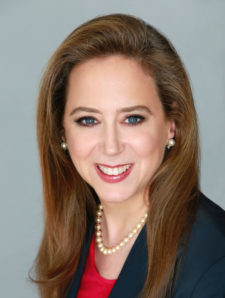 Name: Dr. Michele S. Green MD
Name: Dr. Michele S. Green MD
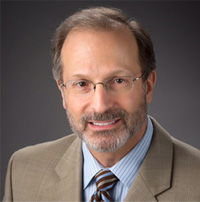

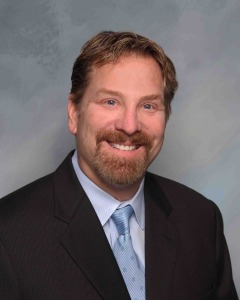
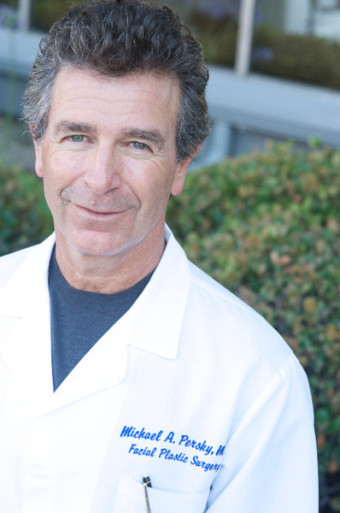


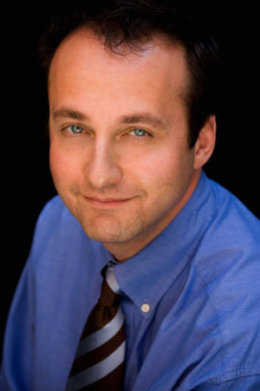


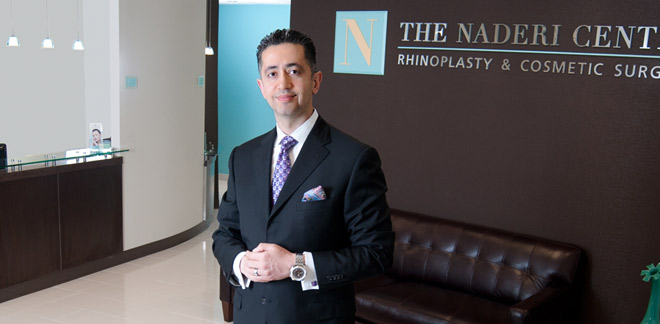
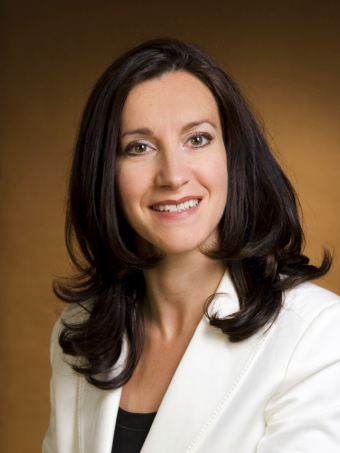 A
A






